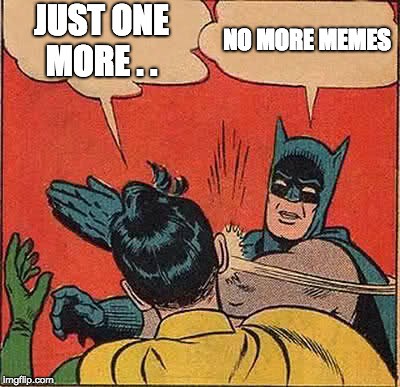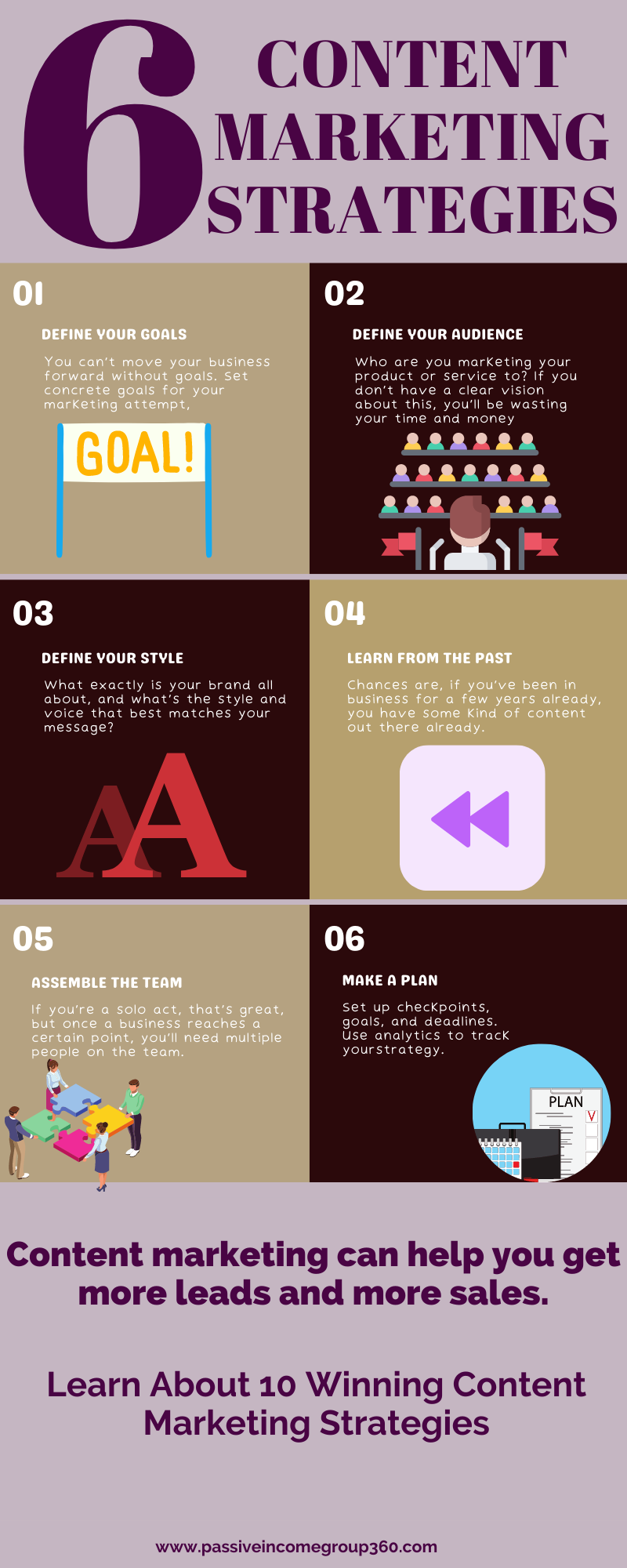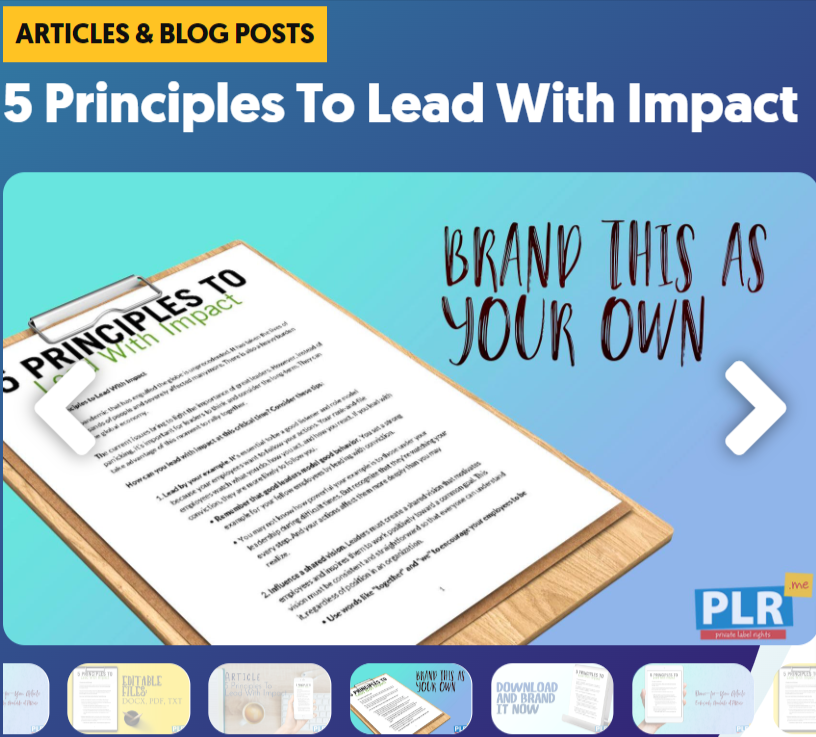Content Marketing for Small Businesses: An Almost Foolproof Way to a Successful Online Business
Table of Contents
Content marketing for small businesses is one of the best things you can do to get traffic to your products and services. If you only read one article online about growing your business, this should be the one. Let’s get into it.
What is Content Marketing?
Let’s first understand what content marketing is and how it can benefit your business. Content marketing is relevant and useful content is used and shared with the public to attract potential customers to a business. A consistent and targeted content marketing strategy can help to get your business in front of a much larger audience than one without it.
Imagine having a website selling digital products like ebooks and online courses, all about puppies. You can list your products and run ads to your services and do very well. Or you can add a blog or a podcast that covers topics included in your ebooks and courses that can help you rank organically on Google. You can hold giveaways that put your business out there. This is all content.
Now imagine adding content about puppy training, puppy foods, techniques to relieve separation anxiety, all on the same website. How comprehensive would that website be? Now it’s not just an online store, it’s a helpful resource.
Right now Google is the largest search engine and getting free traffic there is golden. If your content is of a great quality and thoroughly covers a topic relevant to your website and products, you can receive massive free traffic by being placed on the first page.
Google rewards those websites that cover topics so thoroughly that there’s no need to look any further. Think Wikipedia. That’s the goal when you’re creating your content marketing strategy. Now let’s see how we can add content to your business.
10 Types of Content Marketing
Before we go into content marketing strategies, what options do you have? While blogs may be the first thing to come to mind, it’s not the only type of content marketing. Here is a list of 10 that you can implement. You don’t have to do it all, start out by choosing the ones that come most naturally to you and that you can do well based on the time and resources available to you.
Content can be shared anywhere and in many formats, so long as they bring attention to your brand.
A blog post is an informative article or guide that’s usually published on a website in a blog section. A blog post usually covers a specific topic or answers a question, is educational in nature, and contains between 500 to 2,000 words and up. It usually contains videos, infographics, or other images.
Add Infographics to Blog Posts
Infographics are some sort of image that is a visual, graphic representation of the topic being covered. It can be a great way to summarize or simplify more complicated or lengthy explanations found within the blog post. Canva is a great place to create infographics.
Add Videos to Your Website
Whether you make videos for YouTube or not, videos can be a great way to add content to your website. A video can further explain the content you provide or add another dimension to your content. Consider creating a YouTube account to house your videos privately or use others’ videos (with the proper rights or permission, of course) to bolster your content.

Offer eBooks On Your Site
Digital books are a great way to generate leads. Write ebooks and market them on your social media platform or on your website to attract more people to your brand. You can use them as lead magnets or create ebooks that go in depth into a topic that interests your core audience and sell them for additional revenue.
Use Case Studies to Attract Readers
Readers looking for information love to read case studies demonstrating proof that something either works or doesn’t work.
Give Out of Sell Helpful Checklists
Checklists are useful for your followers. Add branding and you’ve provided your followers with something they can use while spreading the word about your business. I don’t know how many times I’ve kept promotional wall calendars or notepads because they were handy to use.
A podcast can help you spread your message while marketing your business. A podcast isn’t for everyone, but if you’re willing to talk about topics related to the products or services you offer, all you need is a good mic and a platform. I use Anchor to host my podcast and not only is it easy to use, it’s free.
Try a Giveaway to Attract Readers
Giveaways are a fun lead magnet. Think of a prize that your audience would appreciate and run a contest. Programs like King Sumo help you set up a contest that rewards contestants to enter additional entries by doing things like following you on social media, liking a blog post, or sharing your content. A real win-win!
Try a Guide to Entice Readers
A branded guide, similar to checklists, are helpful tools that can help your audience and allow you to spread the word about business. Make sure the guide is about something related to both your business and your audience’s interests.
Add Fun Memes to Your Website
Memes can be a fun way to show off the lighter side of your business. Share it on social media or to your email subscribers.

How to Repurpose Content
Repurposing your content allows you to use the content you have across multiple platforms. For example, if you write a blog post (like this one) you could use it as content in a variety of forms like this, just to name a few:
- Separate a blog post into several different subtopics and create social media posts for each.
- Use the blog posts subtopics and create a podcast episode on each one.
- Use blog subtopics for several YouTube videos
- Create an email marketing sequence covering a subtopic in each email.
- Create an email challenge based on the blog topics to encourage people to follow your recommendations
- Write an ebook covering the topic in depth
- Conduct a case study demonstrating the point made in the article
You can see how one post can go a long way!
6 Content Marketing Strategy Tips Your Business Can’t Live Without
You may have heard that content is king and that’s particularly true in 2022. Whether you’re selling physical or digital products, one of the keys to getting more traffic is content.
Search optimized keywords can help attract people who are looking for your products or services on Google or whatever platform you’re on. Starting a blog is one way to add more content to your products, particularly if you’re running a product website on a platform like Shopify, but we’ll get into other types of content that can help you get more eyeballs on your offers.

Here are 6 must-have content marketing strategies your business can’t do without.
Define your goals.
You can’t move your business forward without goals. Set concrete goals for your marketing attempt, such as making your connection with a particular audience or branching out to new ones.
With all the analytic tools available today, you can easily monitor your progress as you move along. Check to see who is clicking on your links and when. Add content that is relevant to the audience you want to have, not necessarily the audience you currently have. This will help ensure the people who visit your site will be interested in making a purchase.
Define your Audience
Who are you marketing your product or service to? If you don’t have a clear vision about this, you’ll be wasting your time and money trying to market to everyone—which is sort of like throwing pasta on the wall and hoping it sticks.
Instead, build a vision of your ideal crowd, or your tribe as it’s often called. It can be helpful to make a storyboard about the “typical” person in this group or avatar to fill out your marketing attempts with genuine copy.
What gender is your customer avatar? How old are they and what do they do for a living? What are their hobbies and what are their struggles? You can see how questions like can help you formulate content, marketing strategies, and even the products and services you offer.

Define your style.
What exactly is your brand all about, and what’s the style and voice that best matches your message?
If you are constantly changing your words, your voice, your appearance, and style, you’re going to confuse your audience and lose potential customers. Solidify the details about your appearance—everything from color schemes to fonts to content topics. Remain consistent across all platforms and people will begin to recognize you even before they see your brand name.
Think of some of the most popular brands, like Target, McDonalds, and Starbucks. You know the colors and the font even without seeing the brand names. That’s what you want for your brand!
Learn from the Past.
Chances are, if you’ve been in business for a few years already, that you have some kind of content out there already. We always tend to forget about the work we’ve already done but you can not only repurpose it to spread around you can also use it to improve.
Take a look at what did well, and what bombed, and try to figure out why. Build on your success, and stay away from the content that didn’t work out as well as you move forward.
Assemble the Team.
If you’re a solo act, that’s great, but once a business reaches a certain point, you’ll need multiple people on the team. That doesn’t mean you have to hire a full-time employee, but chances are high that you’ll need help with some of the tasks that will just no longer fit into your schedule or wheelhouse.
One of your team members could be blogging and helping to make sure your keywords are SEO optimized, while another is helping you make sure you keep a presence on social media, and yet another is crafting and monitoring your Google ads.
I remember when I first outsourced pin creation for my Pinterest account and that changed everything. I realized I didn’t have to do all the things and the world wouldn’t stop spinning.
I saved so much time and stepped up my game at the same time. I’m not a designer so hiring a contractor to do what they’re good at was an eye-opening win-win.
The more specialized each person on your team becomes, the more their expertise will increase the overall success of your business and the more they will be an asset—but remember to keep everyone within a good loop of communication and remember to ensure each job is the quality you want for your business.
Make a Plan.
Set up checkpoints, goals, and deadlines. Use analytics software and something like Google sheets to track clicks and see what parts of the strategy are working.
Just like goals are crucial for creating a destination, a plan is crucial for getting to those goals. There’s no point in setting goals if you’re not going to check and see whether you’re meeting them.

Need Ready Made Content?
Yes, you read that right! If you need quality, pre-made blog posts, newsletters, lead magnets, and more, PLR may be for you. PLR is private label rights content that you can simply download, customize, and use for your business. Save time and grow your business with PLR. Now you have no excuse for not having content! Get your first PLR content FREE with this link!
Throughout the life of your business you’ll always be checking on progress, that’s how you’ll grow. Eliminate what’s not working and double down on what is.
As you can see, content marketing is a great way to spread the word about your business and create leads. Just be sure your content is related to your business and your audience’s interests. Consider adding a content marketing strategy to really help your business soar.
What kind of content marketing strategy most closely matches your business goals?